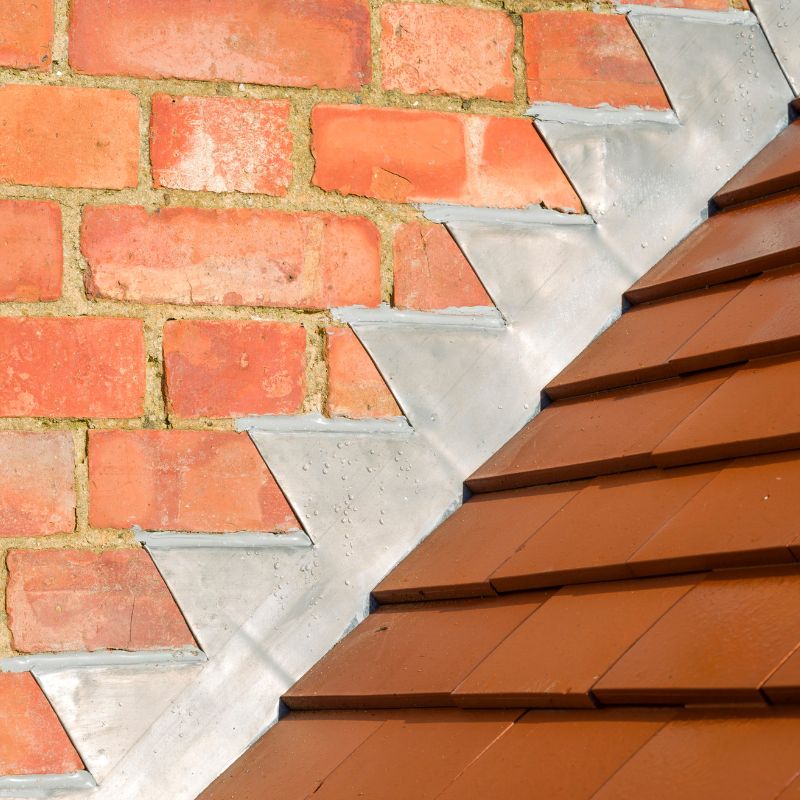It’s been a day. Just a few more hours till you get home, take off your work shoes, get into something comfy, and settle in front of the fire. You watch the minutes slowly tick by…time cannot move fast enough.
That said, if your fireplace or chimney isn’t in tip top shape, your cozy fireside experience could result in a smoky living space or a lack of sufficient heat. It’s vital to invest in regular chimney inspections to ensure things you don’t often think about aren’t slowly starting to decay. Chimney flashing, for instance, is often overlooked as it is located so high up and out of sight…but if faulty or improperly installed, it can cause intense damage to both the chimney and the home.
Fortunately, for homeowners throughout the Ozarks, Ozark Stove & Chimney is the place to call for all your chimney, venting, and home heating needs. With a friendly, and highly certified team, we always aim to establish relationships with our customers and create a strong foundation built on trust. Schedule online or call 417-201-6585 to learn more.
What Are the Different Types of Flashing?
Regardless of how it’s installed or what type of material is used, flashing is designed to seal off joints between the roof and whatever structure is protruding out of it.
The most common roof protrusion is, of course, chimneys, which is why it is always best to contact a chimney service company, as opposed to a roofer, for all your flashing needs. We are highly trained and experienced in a wide variety of chimneys and vents and as such, understand the best steps and most appropriate materials and procedures for each and every different structure.
In order to properly seal the junction between chimney and roof, there are three specific “types” or methods of flashing: step flashing, counter (or cap) flashing, and base flashing.
- Base flashing: as the name suggests, base flashing is placed at the base of the chimney and acts as the first of a two part system. This helps to ensure that when rain inevitably comes into contact with the chimney, it isn’t directly hitting the structure.
- Counter/cap flashing: designed as a sort of second line of defense against water intrusion, this type of flashing is caulked directly onto the mortar joints of your chimney. This seal redirects water out and away from the chimney because there is no space for it to find its way inside or underneath the flashing. Proper application is crucial here; if this layer of flashing is not installed correctly, it won’t matter if the base flashing is well done

- Step flashing: this type of flashing requires the use of elongated, L-shaped metal shingles slightly resembling a hinge. These pieces are affixed to the base of the chimney and under the roof shingles surrounding it. Proper installation is vital to ensure that all existing cracks and gaps are covered.
- Saddle flashing/cricket: in specific instances, such as a chimney being wider than 30 inches, building codes require saddle flashing–sometimes called a cricket–which creates a slope that diverts any water so it does not pool on the chimney roof intersection or create a dam effect pushing water higher up the chimney structure.
What Are the Common Materials Used for Chimney Flashing?
Depending on where you live and the subsequent building codes, you might have slightly different options, but generally, the most popular chimney flashing materials are:
- Aluminum: lightweight and easy to mold, aluminum can only be used in flashing if it is coated so it does not quickly degrade.
- Copper: also malleable, copper is distinct in color and over time it will oxidize and change color, which some people enjoy.
- Steel: arguably the most favorable option, steel is visually appealing, flexible, and is resistant to corrosion if properly galvanized.
Why Do I Need Chimney Flashing?
Despite its rather simple appearance, chimney flashing is an absolute must if you have a chimney. Without it, or if it is done incorrectly, your system (and your home) will suffer from water damage which can bring a whole host of issues that can cost you a lot of time and money.
If you live in Benton County, AR or Greene County, MO, trust Ozark Stove & Chimney for all your chimney needs. Schedule an appointment online or call us at 417-201-6585 to learn more about us and what we can do for you.
